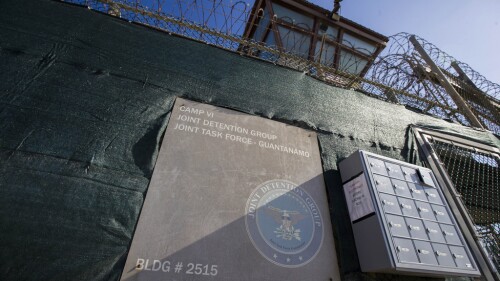By 9/11 Memorial & Museum
More than two decades after 9/11, its ongoing physical and mental health impact still deeply affects tens of thousands of individuals across the country who were in lower Manhattan and the surrounding area following the attacks, as well as those from around the world who participated in the rescue, recovery and relief efforts.
“Dust: Illness and Advocacy After 9/11" is a new installation exploring the impacts of the toxic dust that blanketed city streets and coated the insides of homes, businesses and schools in the area. Every breath that survivors, first responders and lower Manhattan residents took put them at risk for toxic exposure, underpinning the larger public health impact of the day that changed our world forever.
Central to the 9/11 narrative at the core of our mission is what happened after the towers fell: the bravery and selflessness we saw; the diversity and sheer number of people who have died from or are currently living with illness and trauma because of that; and the advocacy efforts to secure congressional funding for immediate and long-term medical monitoring, research and treatment programs.
As lived memory turns to history, the Memorial & Museum continues to expand the breadth of its storytelling and create new opportunities to recognize the sacrifice of all survivors, healthcare advocates and later victims of the 9/11 catastrophe.
Learn more:














